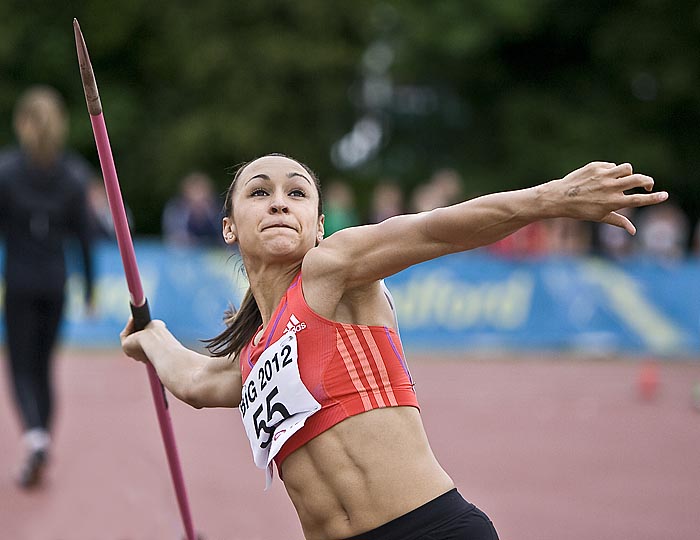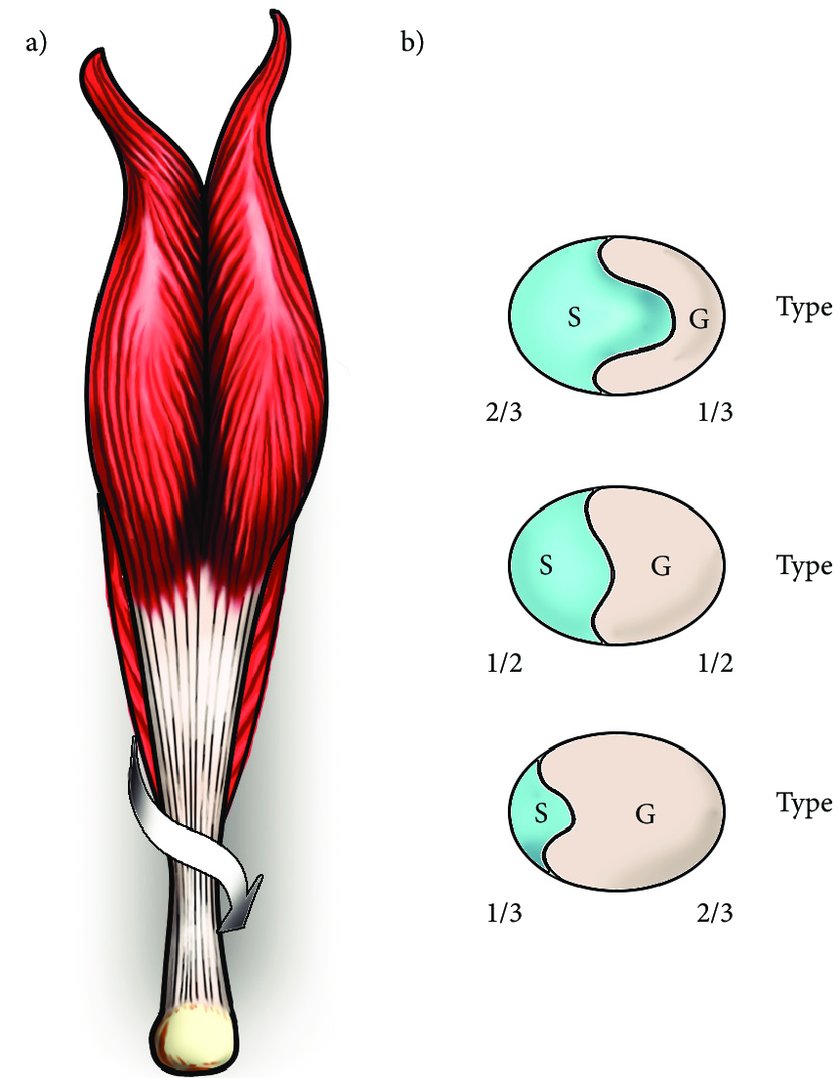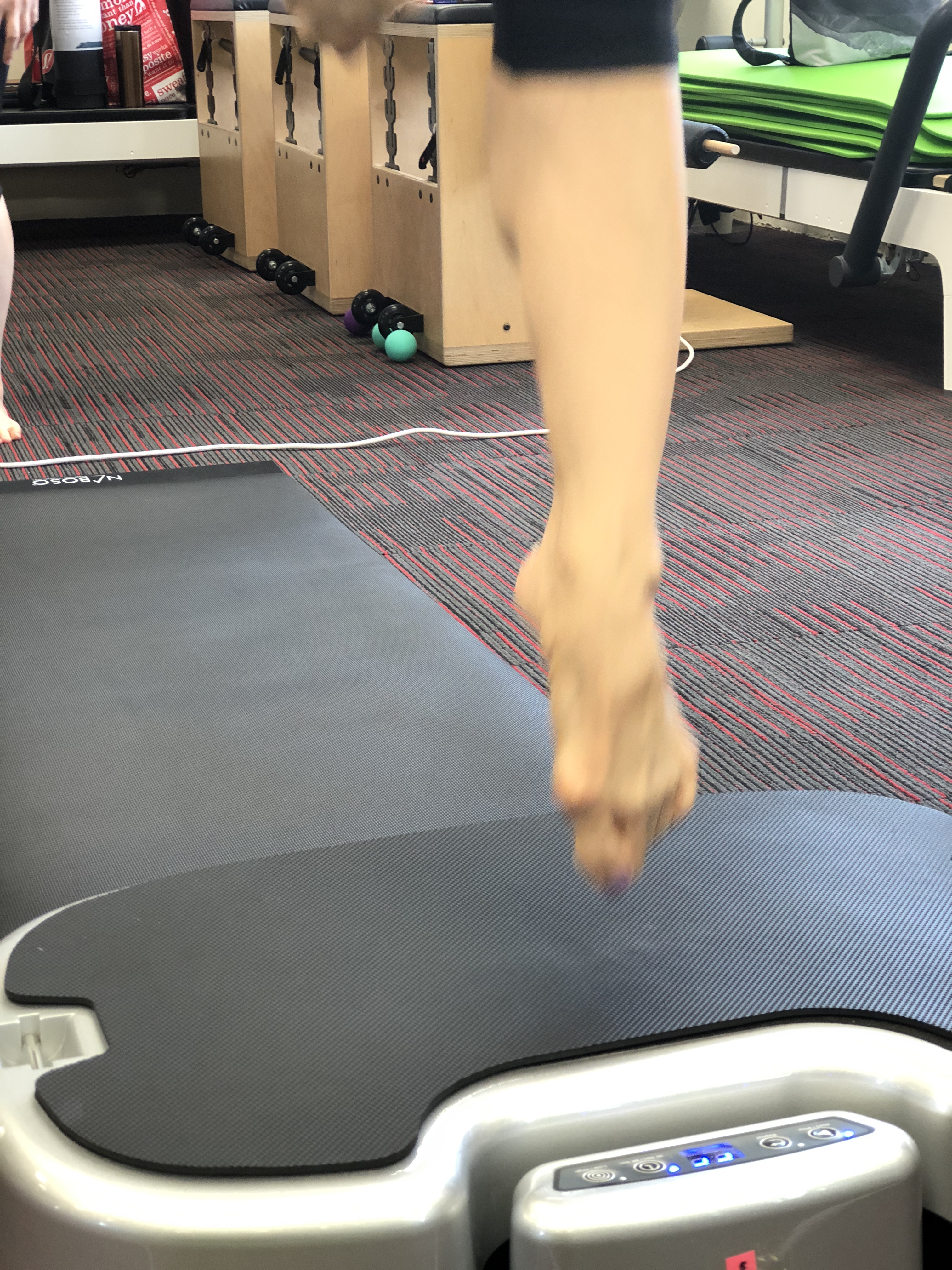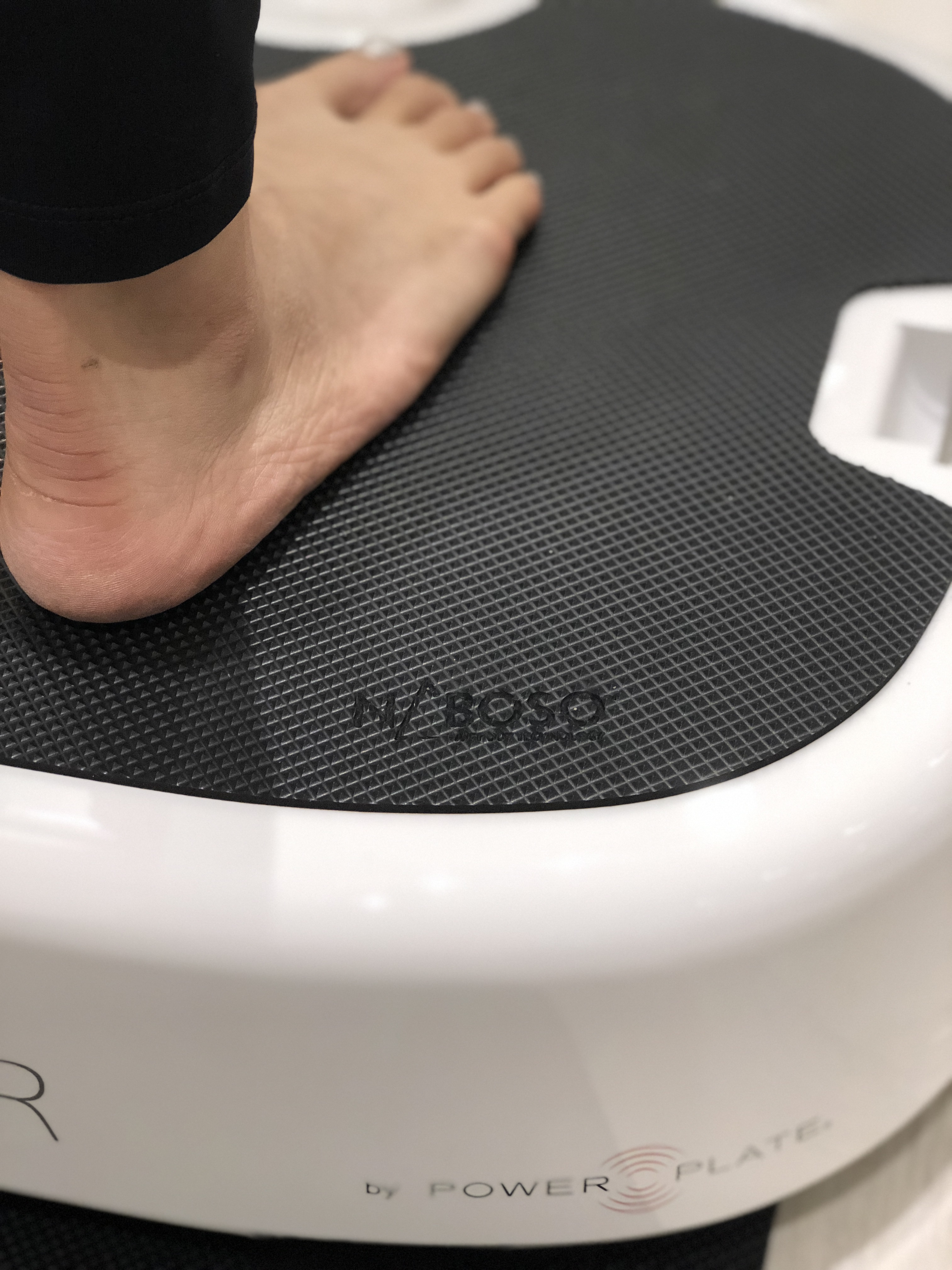
Tapping into Torsion | The Rotational Power of the Achilles Tendon
Power lies within the transverse plane.
We have all heard this concept at one point or another throughout our education or training career.
 From the rotational moment of the trunk to generate power when throwing a javelin to the torque created from supination of the foot into the external rotational power of the glutes – rotational moments are in every aspect of human movement.
From the rotational moment of the trunk to generate power when throwing a javelin to the torque created from supination of the foot into the external rotational power of the glutes – rotational moments are in every aspect of human movement.
The closer we look at the fascinating human body and the fascial system, the more we can find that spirals and rotations are everything and EVERYWHERE!
I want to take this time to explore an area of the body where rotational or spiraling properties are often under appreciated or perhaps not even know – within the human Achilles tendon.
The Achilles Tendon
Enter the largest, strongest tendon in the human body – the Achilles tendon. Formed by the gastrocnemius and soleus tendons (and sometimes plantaris), this fascinating structure is able to generate most of the elastic energy return during dynamic movement and from an evolutionary perspective is a critical structure in the spring-mass theory of movement efficiency.
Now there are a few unique characteristics of the Achilles tendon that must be  appreciated when training or rehabbing this structure. All of these characteristics are emphasized in all trainings through EBFA Global:
appreciated when training or rehabbing this structure. All of these characteristics are emphasized in all trainings through EBFA Global:
- The Achilles tendon is not one tendon but rather a stacked tendon
- 2/3 of the Achilles tendon is made of soleus fibers
- The Achilles tendon medially rotates toward its insertion
- This rotation places the soleus fibers to the medial calcaneus
- While the MG / LG insert towards the lateral calcaneus
How cool are these facts? But what does the above functionally mean?
Functional Application #1 – Soleus Equals Power
Since 2/3 of the Achilles tendon is soleus fibers this means that most of our elastic recoil and plantarflexion torque is coming from the fascial tension and loading of the soleus muscle and fascia.
When you are training the elastic recoil of the Achilles tendon remember to incorporate soleus focused eccentric deceleration and acceleration training while the knee is bent or while transitioning through a knee flexion pattern.
Functional Application #2 – Resupination of the Foot through Plantarflexion
The rotation or torsion of the Achilles tendon provides increased tensile strength  and assists in fiber sliding during elastic movement. In addition, due to the placement of the soleus fibers of the Achilles tendon plays a key role in the resupination action of the rearfoot during the push-off phase of gait.
and assists in fiber sliding during elastic movement. In addition, due to the placement of the soleus fibers of the Achilles tendon plays a key role in the resupination action of the rearfoot during the push-off phase of gait.
This coupled concept means that when training jumping and push-off power drills emphasize a from the ground up approach the utilizes total ankle plantarflexion. In EBFA Education we do this through teaching jumping by pushing off all 5 digits and envisioning a follow through with all digits (see image to the right)
Functional Application #3 – Restriction of Blood Supply
I must add that as much as torsion adds a rotational power to the Achilles tendon, there can be a downside to this feature. This rotation of the Achilles tendon fibers causes a disruption to the micro-circulation or blood supply to the Achille tendon.
The area with the greatest compromise in circulation is called the watershed area and lies 2 – 6 cm above the Achilles insertion. The mid-tendon or watershed area is the site of most Achilles tendon ruptures (especially as we age) and is the location of tendon degeneration.
By appreciating this compromised Achilles circulation, professionals should ensure to properly warm up the elastic properties to the Achilles tendon and in those with a history of mid-tendon tendinitis to avoid movement patterns that increase stress to the watershed area of the tendon.
to properly warm up the elastic properties to the Achilles tendon and in those with a history of mid-tendon tendinitis to avoid movement patterns that increase stress to the watershed area of the tendon.
In my office, I use the PowerPlate to increase micro-circulation to the Achilles tendon in my patients with a history of Achilles injury or degeneration. Research has shown that 10 min of whole body vibration can create increased skin perfusion and decrease arterial resistance, both beneficial to tissue healing.
Functional Application #5 – Non-Uniform Achilles Stress by Pronation
The non-uniform division of the Achilles tendon fibers with 2/3 being soleus, coupled with medial rotation of the tendon fibers there is a non-uniform stress placed on the Achilles tendon.
Gils et al. has demonstrated that the soleus fibers are under the greatest stress with most Achilles tendon pathology occurring to the medial aspect of the tendon. It was found that pronation increased this non-uniform stress to the soleus tendon fibers especially during the midstance phase of gait.
Professionals who appreciate this concept can better assess how foot type and/ or a lack of foot stability can contribute to Achilles tendon pathology. Foot strengthening and in some cases orthotics may be advisable for the prevention and management of medial Achilles tendon stress.
To learn more about the fascinating functional foot please visit www.ebfaglobal.com or check out my book Barefoot Strong.
Until next time, stay #barefootstrong
Dr Emily
